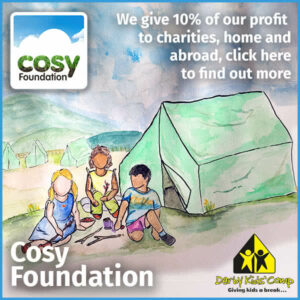Exploring Small World Play: the impact on children's development
Small world play is a valuable element of an enabling environment in the Early Years and beyond. This type of play is exactly as described – play on a small scale which represents particular scenarios or environments. These play experiences can be set up in tuff spots, on cable reels, under a tree, on a table, in a suitcase…the limits are just your creativity! There is no right or wrong way to play, so these types of experiences can be entirely child-led. It really is incredible to stand back and watch as children engage and be curious as they explore these miniature worlds. The influence on learning can be immense, impacting on outcomes across the Early Years Foundation Stage (EYFS).

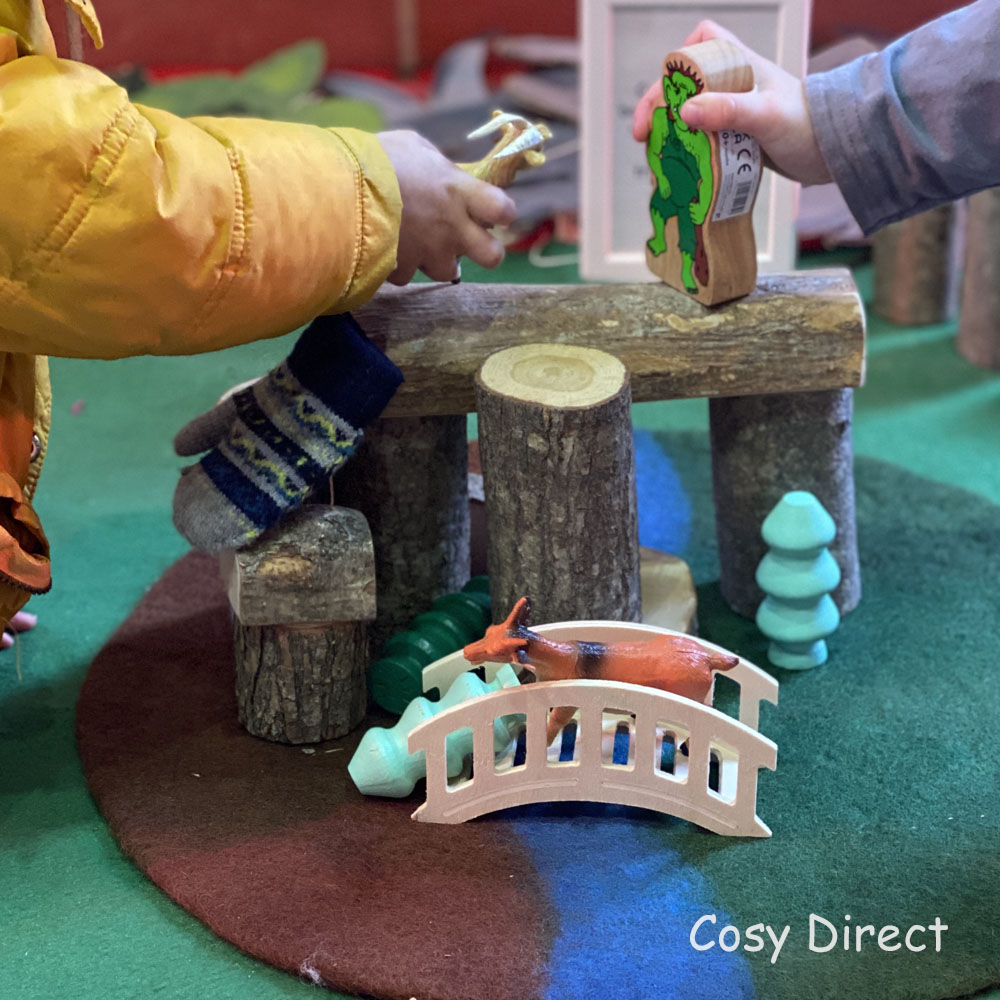
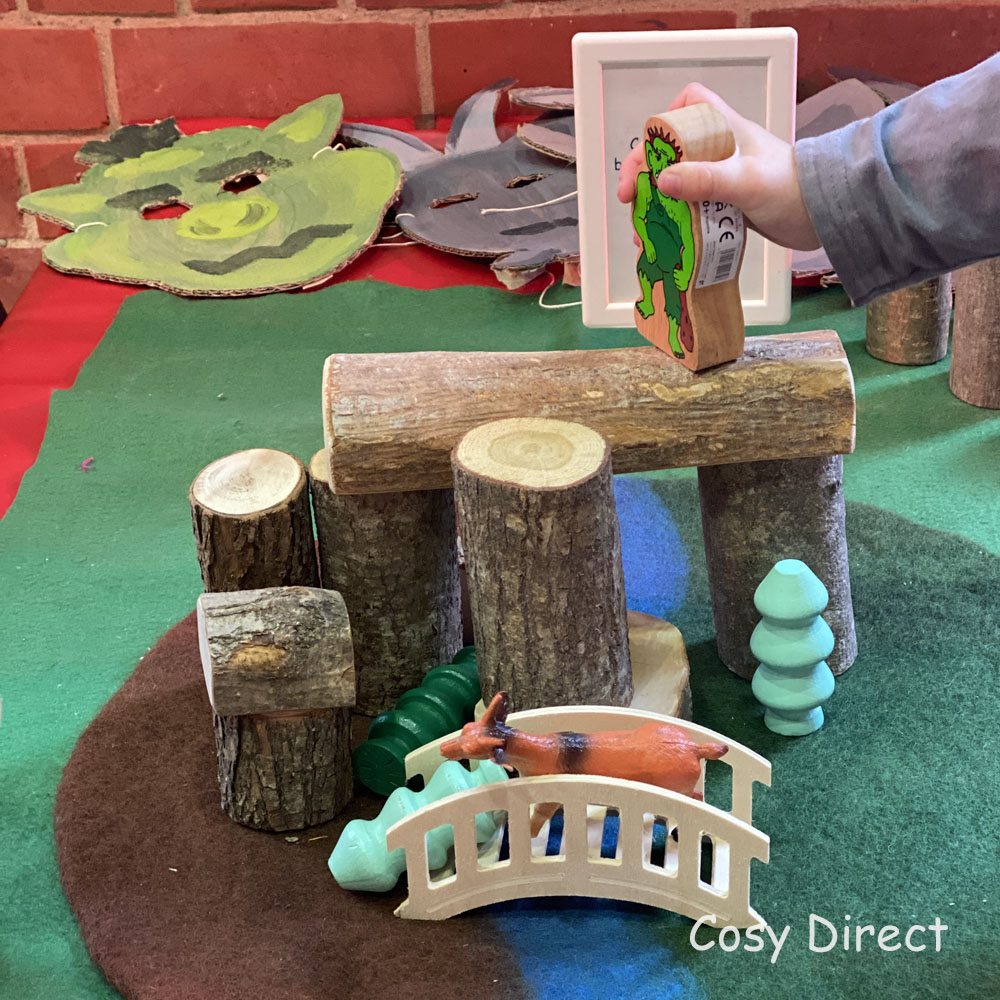
This blog post will explore five ways in which small world play could impact on children’s development in your setting.
Physical Development:
Small world play, as the term suggests, involves small resources. This could range from peg dolls and cotton reels to pebbles and shells. As children pick up, move around and manipulate small world resources, they are developing their fine motor skills. Children are strengthening the small muscles in their fingers, improving their dexterity, eye coordination and gaining control when making intricate movements.
Through engagement with small resources such as natural treasures, vehicles, little people and animals, children are developing spatial awareness and reasoning.

Personal, Social and Emotional Development:
It’s not unusual to find groups of children gathered around small world set ups. These group situations encourage collaborative play, a time when children can test out and explore their emotions and feelings. Children can sometimes find it difficult to self-regulate and by engaging in small world play, they can consider different scenarios, reflecting on situations from the perspectives of another. This can be a child-friendly, playful way for children to develop emotional literacy.
Children are able to explore potentially worrying scenarios through small world play, enabling them to work through problems, making sense of the world around them. Perhaps this could be the transition to school, a visit to the dentist or moving house.
Through small world play, children learn valuable skills which can be applied to other play scenarios as well as impacting on their future education. These skills can include resilience, tolerance, patience, determination and perseverance.
Children can act out narratives which they have developed themselves, taking ownership over their play. In turn, this impacts on a child’s confidence and self-esteem as they see themselves as being capable and independent. There’s no pressure of failing, just time and space for children to become engrossed in play.
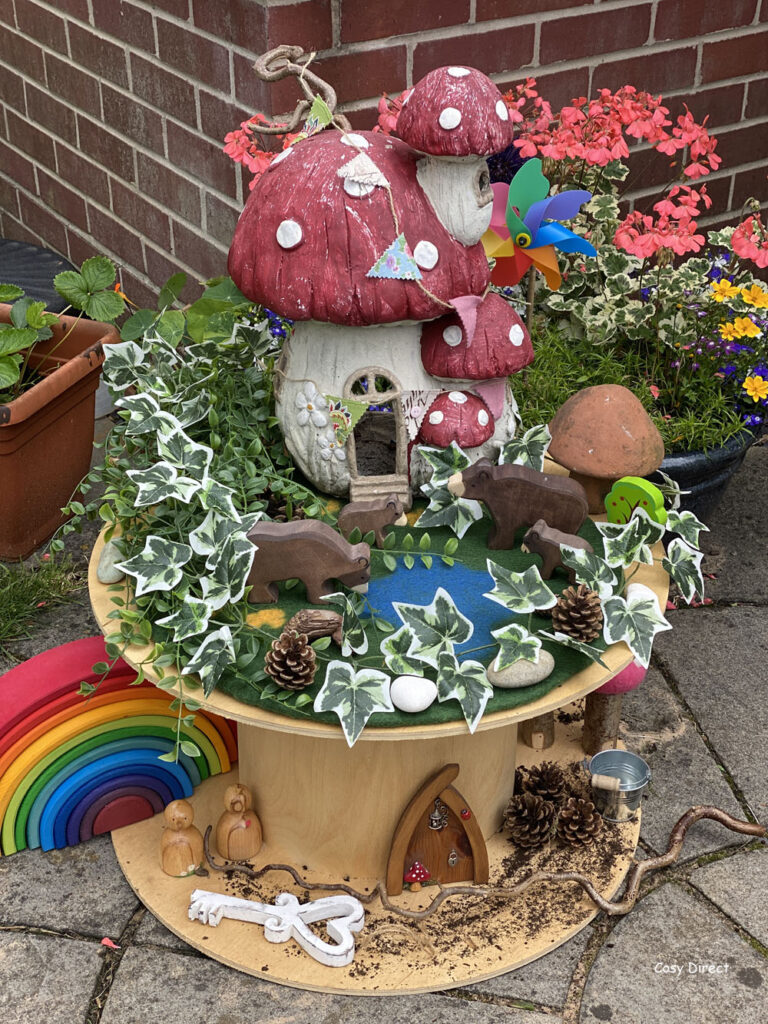


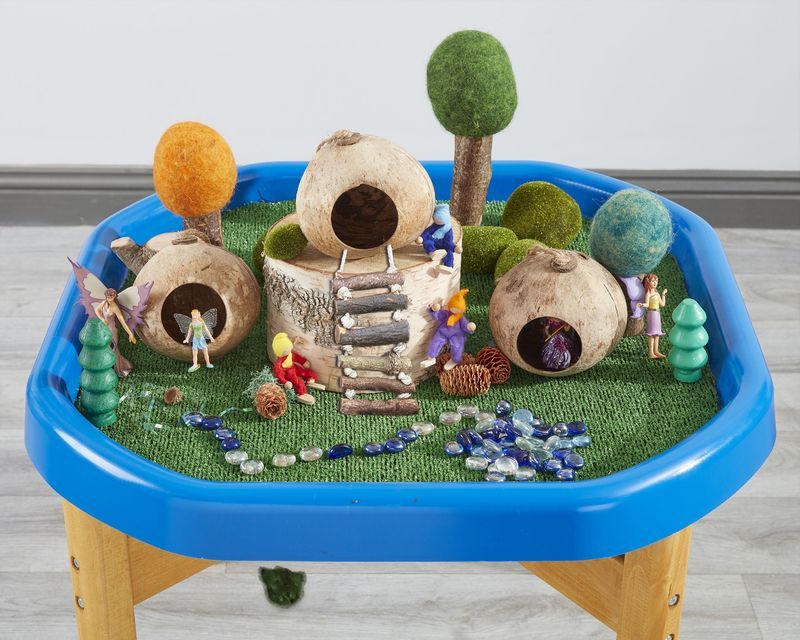
Communication and Language Development:
Small world play is a fantastic means of facilitating communication and language development in the Early Years and beyond. It draws children in, encourages the sharing of ideas and creation of play contexts and therefore includes listening and understanding as well as speaking.
Children will be exposed to new vocabulary in context, building a word bank to use as part of their everyday language in play. Natural resources are a valuable resource for inspiring language and fit with a range of small world experiences. Examples include fairy lands, dinosaur worlds, miniature playgrounds, farms, beaches and safaris. These resources lend themselves to language related to texture – bumpy, smooth, soft, spikey, rough, hairy and crispy. It’s also a great way to bring in language associated with the senses as children touch, smell and listen. Mathematical language can also be developed through small world play experiences. Children can test out terms and words in a safe environment, without fear of getting it wrong. They can begin to use words related to size, space, patterns and position and practise them in context.
Problem Solving:
In small world play scenarios, children often become engrossed in play. It’s a time for them to be curious, explore and investigate in their own time and at their own pace. They will have opportunities to think through play experiences you offer, trying different ways of doing things and thereby playing an active role in their own learning.
Through play, children will learn to solve problems independently, such as finding the right size of figure to fit in a small vehicle, what to use to build an enclose for the animals and ways to make a bridge to cross the river for the dinosaurs.

Creativity:
Children’s busy little minds can experiment creatively through small world play. They can come up with scenarios based on the play experience, assigning roles to others, bringing in a narrative, retelling familiar stories. It’s a playful way for children to express themselves and develop their imagination, either independently or alongside others.
Small world play can be a safe space for children to act out narratives or daily events, from making a cup of tea for the bears at the picnic, to putting baby down for a nap or mummy going off to work. It’s a way for children to re-enact the world around them, taking on roles and considering the perspectives of others in their play.
Getting children involved in setting up the small world activities can be a great way for them to be have a say in their environment. It’s always interesting to observe how children arrange the resources and take ownership over their small world, from its creation to the play possibilities as it evolves. Through small world play, children can access a range of materials which encourage creativity. They can combine these to enhance their play environment, learning about their properties and characteristics as they do so.
Finally, it’s important to reiterate the need for children to have time to play, think and process feelings. Don’t be in a hurry to tidy away the small world environment at the end of the day. Leave it for children to come back to again and again, enabling children to consolidate their thinking and learning as well as practise skills. Consider how children are using the resources, what could be added to enhance the small world play and seek the voice of the child. Observe, talk to the children and engage in critical discussion. Your small world play experiences can have a huge impact on children’s play, learning and development so time should be invested in ensuring it is a purposeful space.
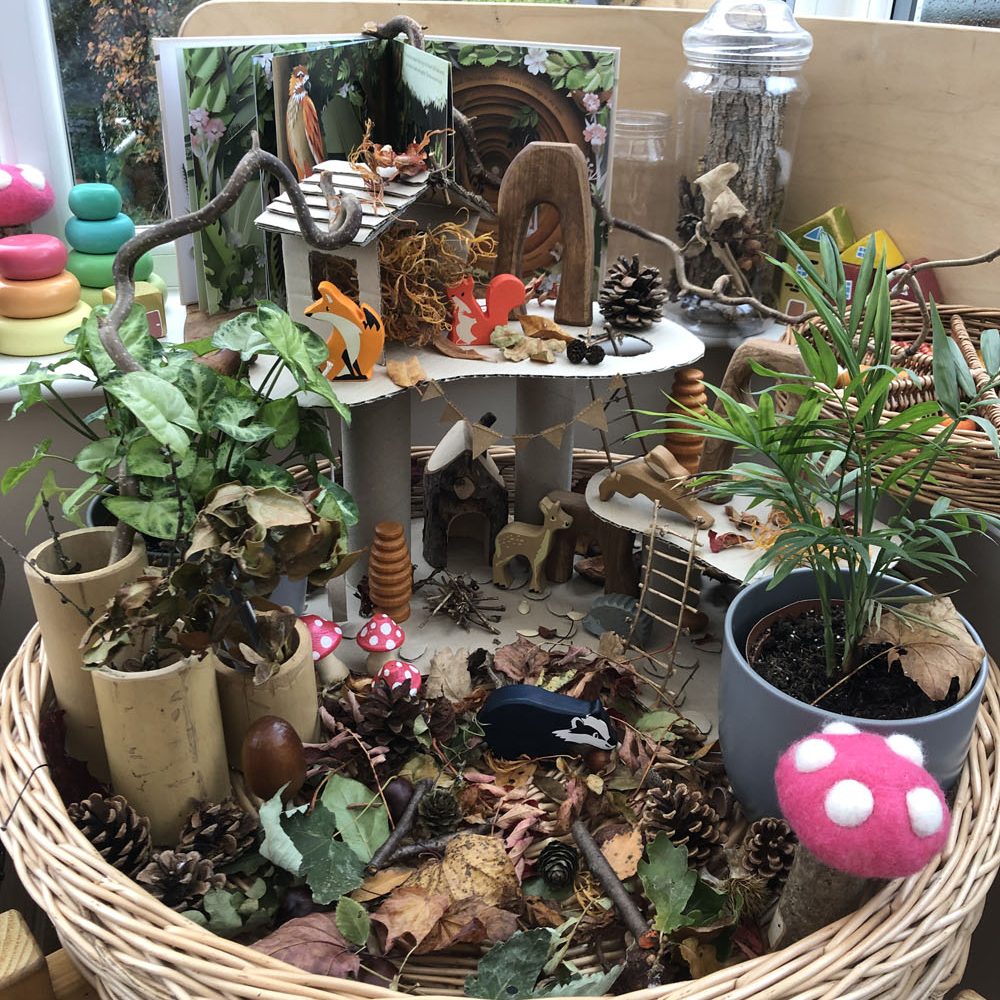
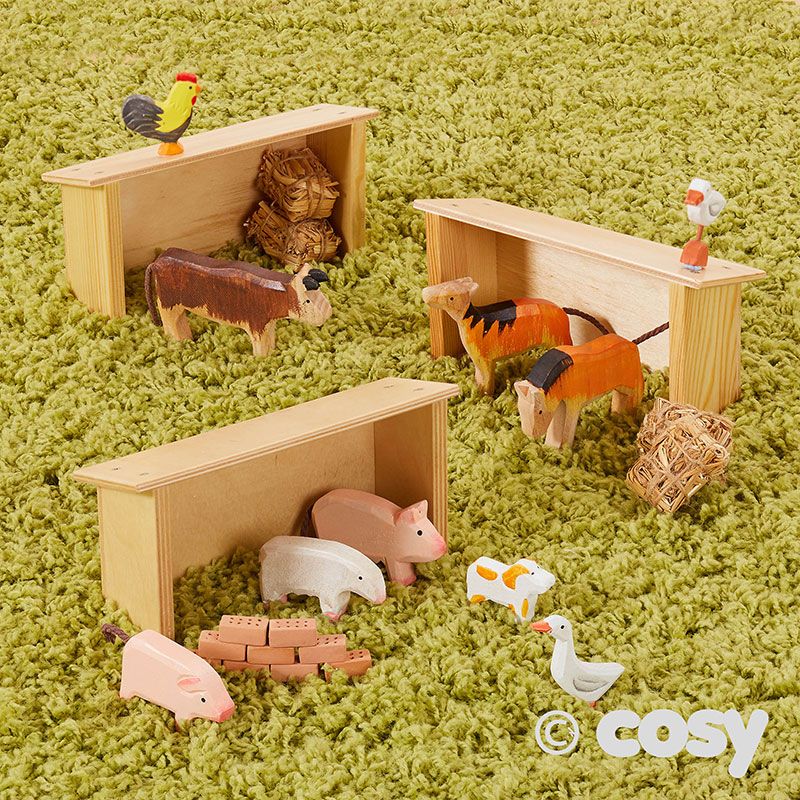
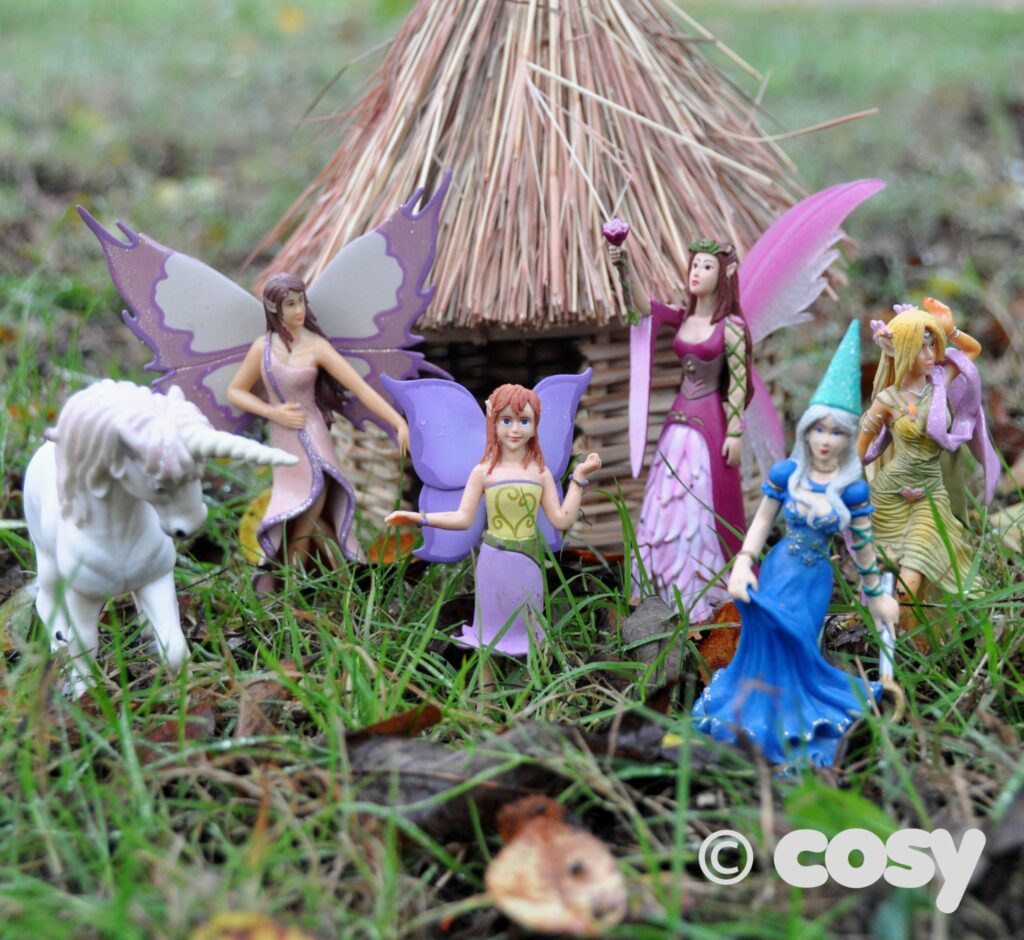
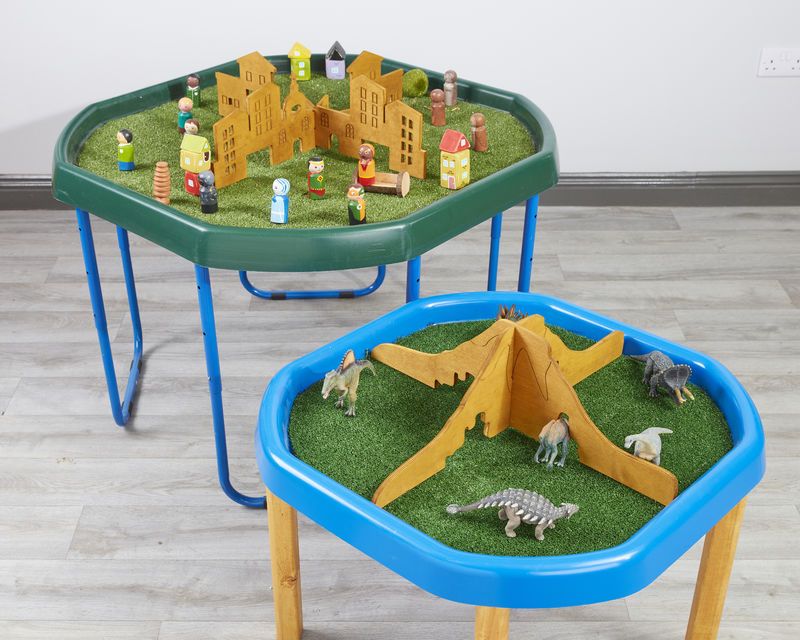
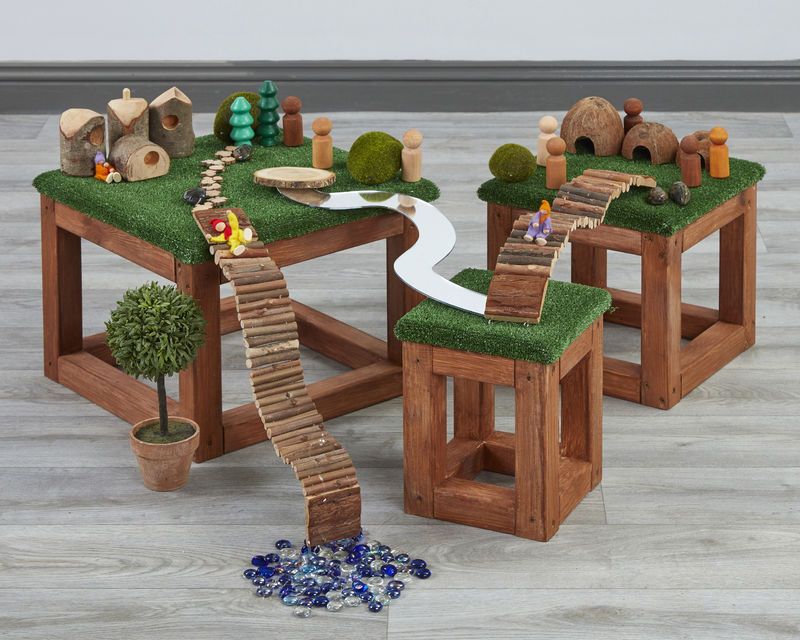
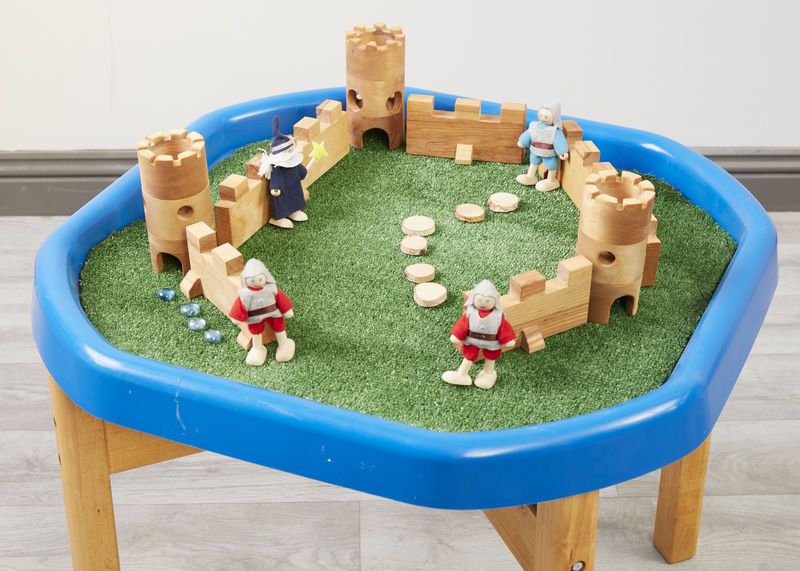
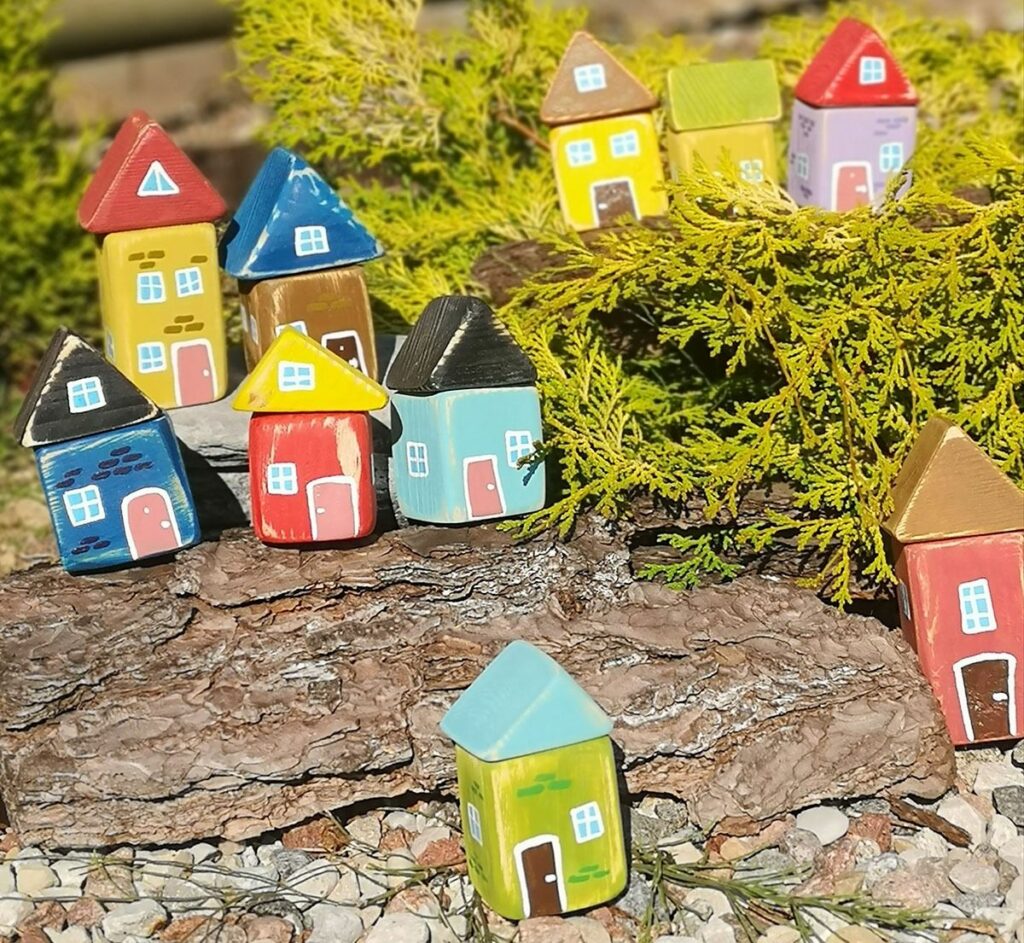
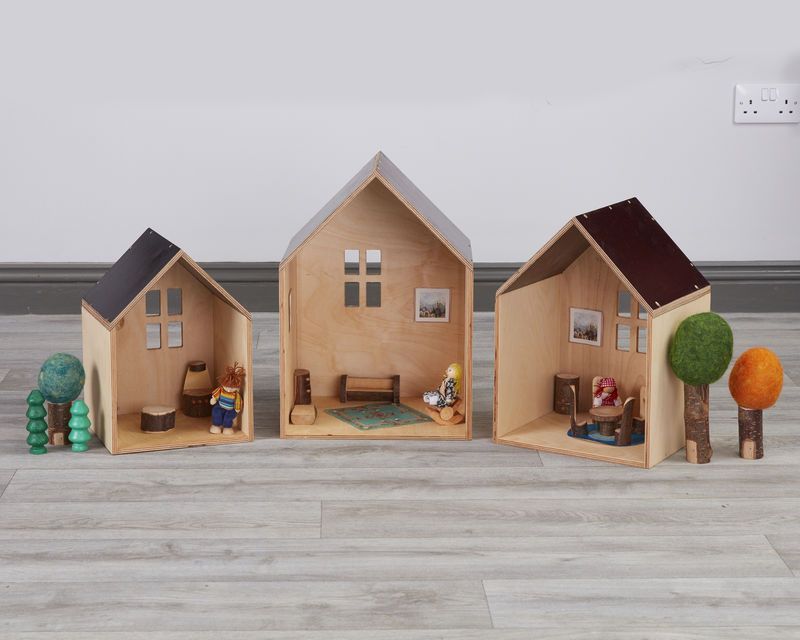
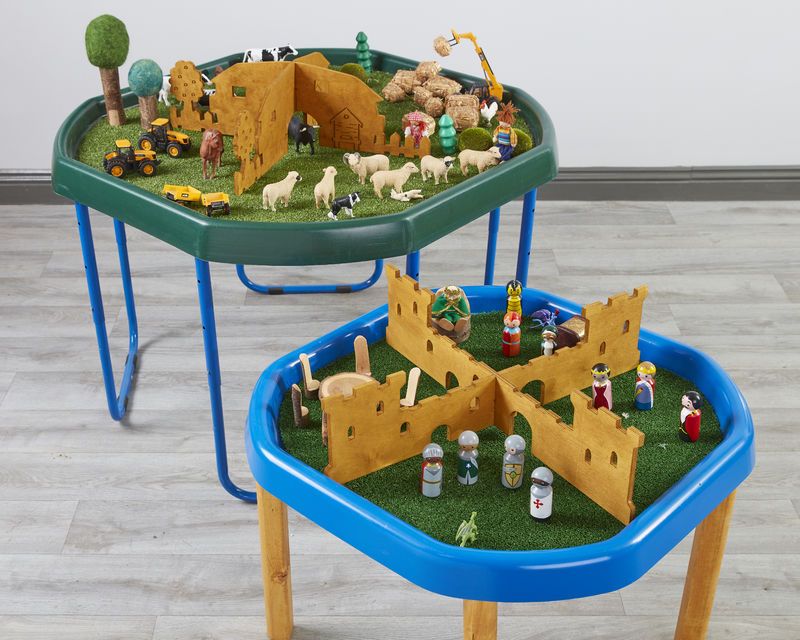
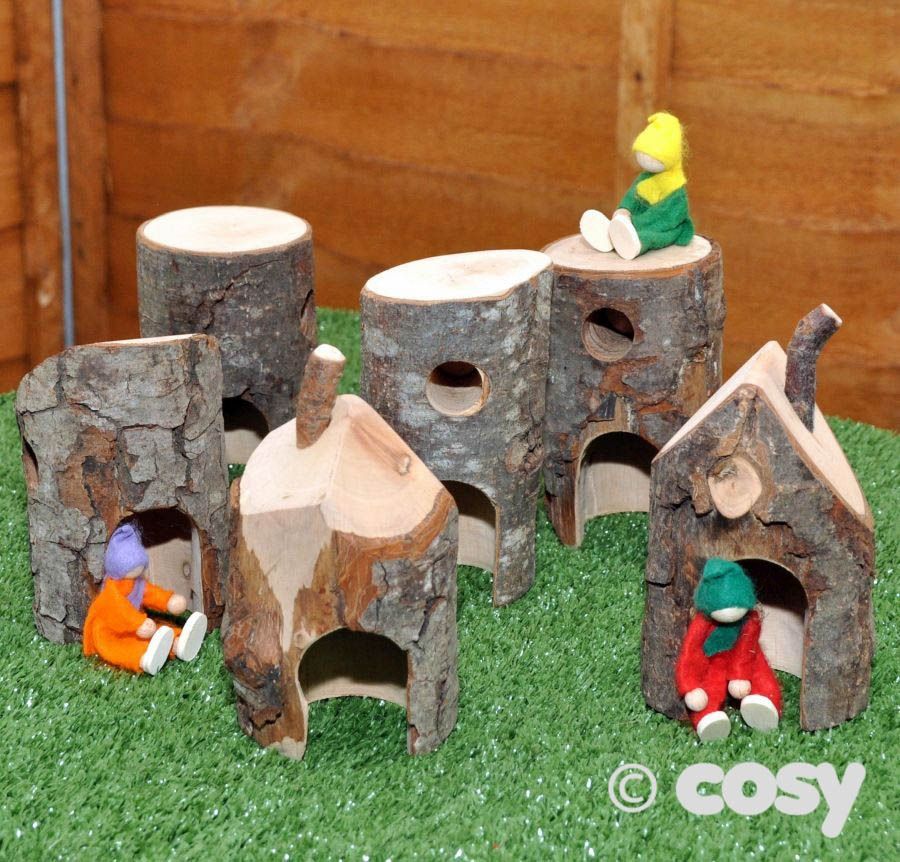
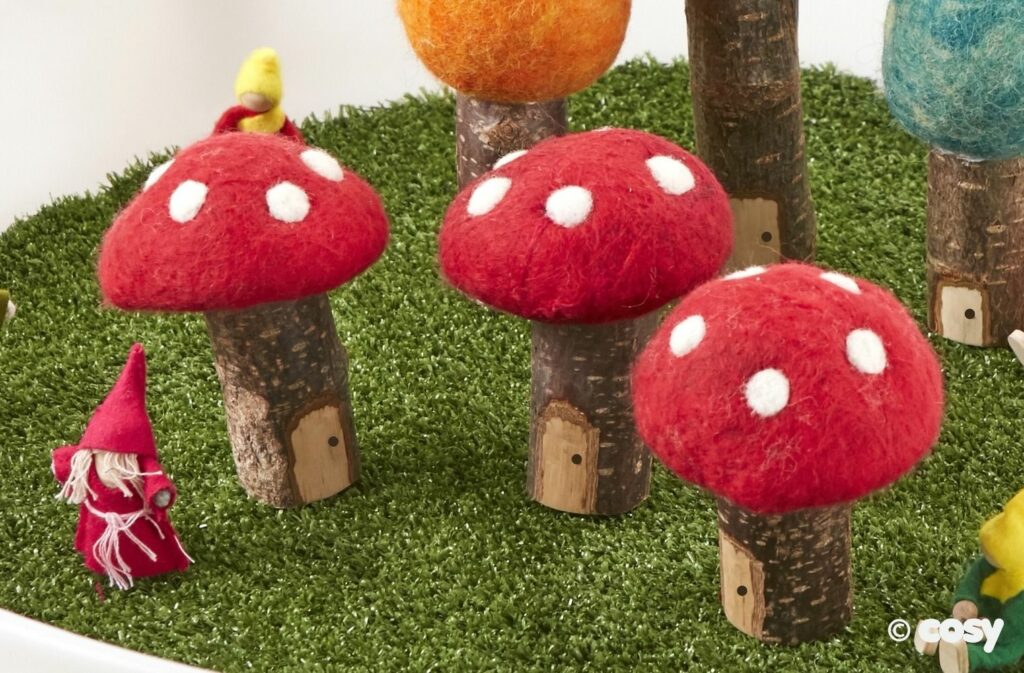
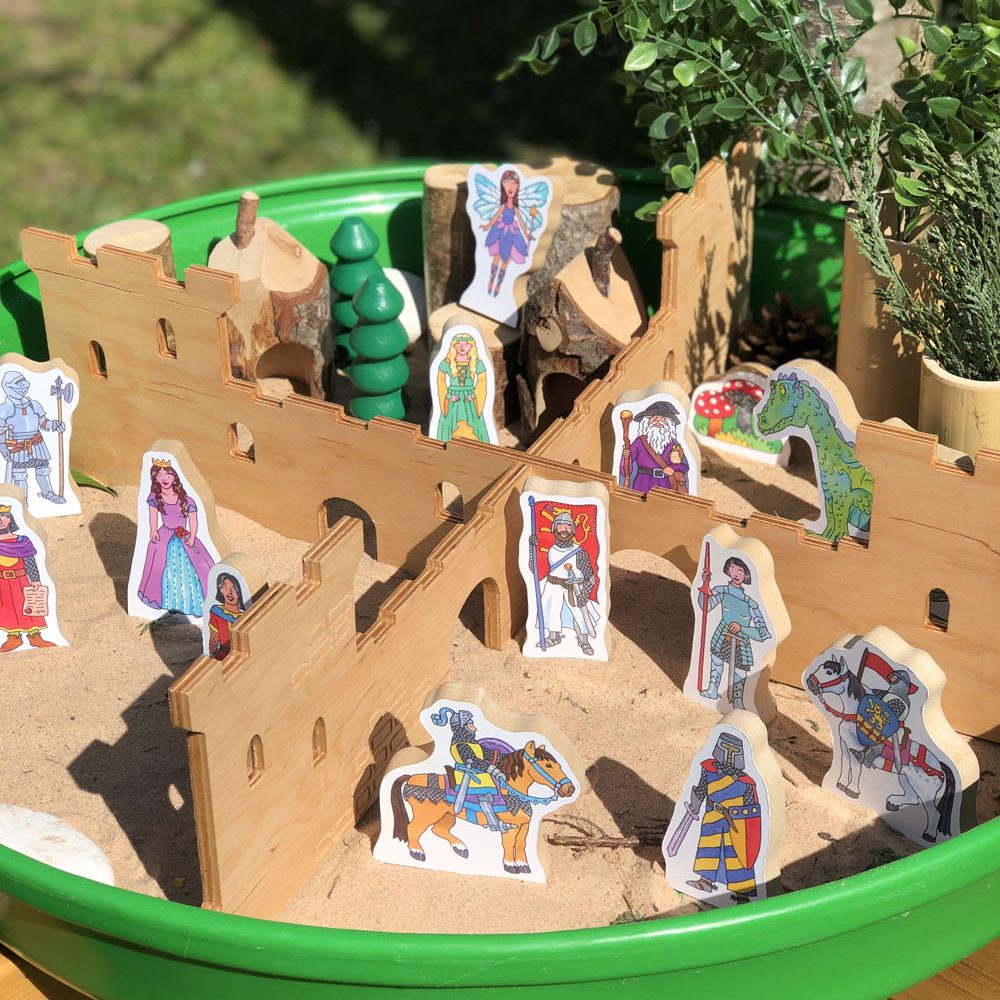
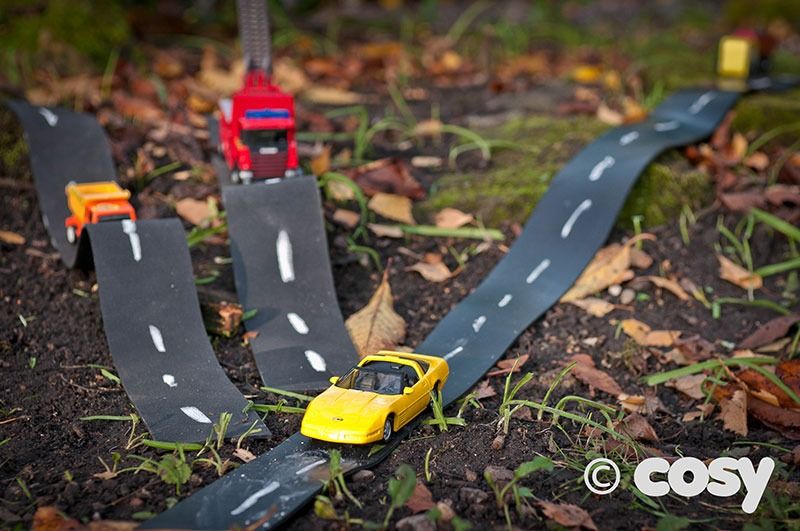
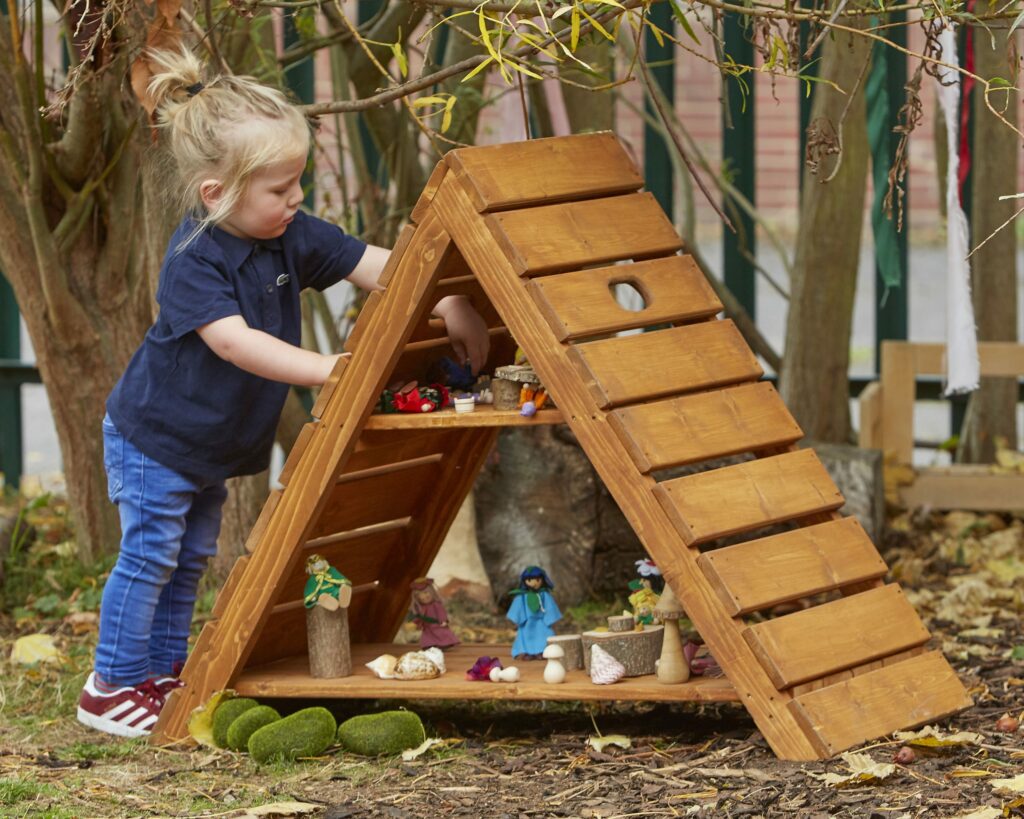
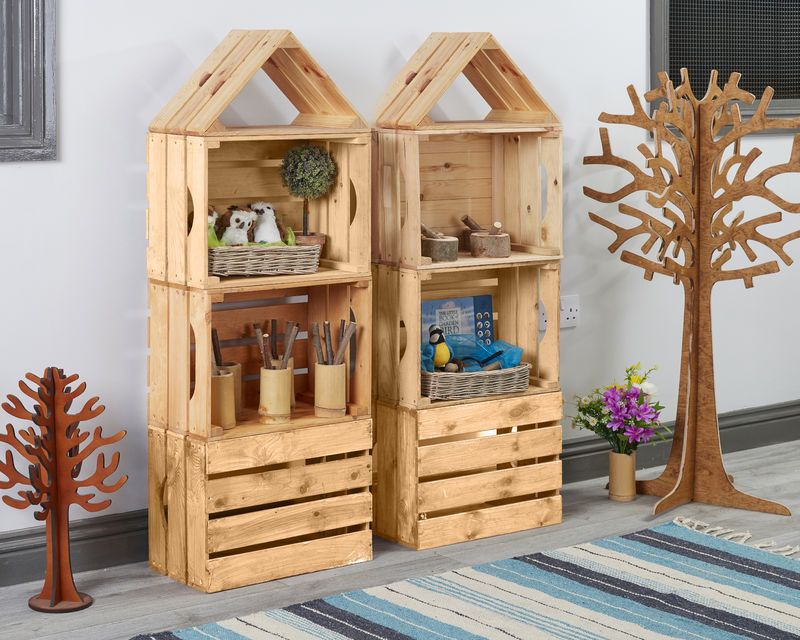
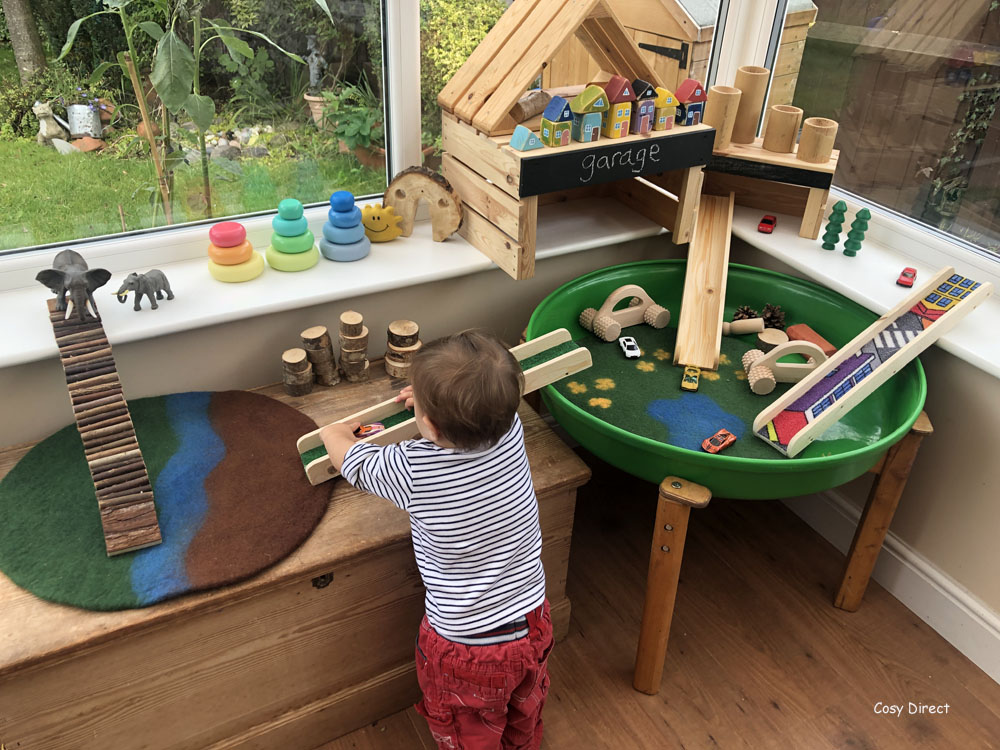
We hope that you have got lots of ideas to take away from our Small World Play post. Don't forget to tag us in your small world play setups.
Don’t forget to share your small world play set ups with us on our social channels!
Facebook: https://www.facebook.com/cosydirect/
Twitter: https://twitter.com/cosydirect
Instagram: https://www.instagram.com/cosydirect/
With thanks to The Cosy Creatives for this blog post.




